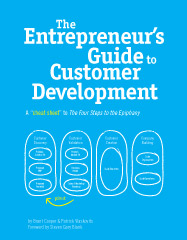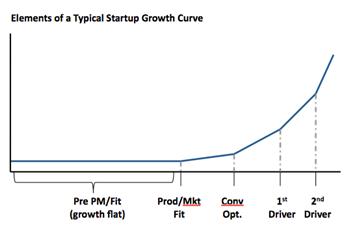Arguably, two of the most important centers of innovation outside of Silicon Valley are in India and Israel. The reasons of why this is are numerous and could form basis of someone’s PhD thesis but for the purpose of brevity I’ll only highlight one: global from day one.
You talk to entrepreneurs from either India or Israel and they’ll surely weave great yarns about their companies (these are also two great storytelling cultures) but one thread that will be consistent is when the entrepreneur founded their company, they were immediately thinking of the global marketplace.
In Israel, it is because the domestic market is too small and there are limited opportunities to sell regionally. The story in India is that while population is huge, it is very poor so the actual local market for technology or technology services.
Faced with these challenges, Indian and Israeli companies would market to the US and Europe and often place key personnel in those geographies. Overseas became their across the street.
In the past year, Canada has been thrust upon the global stage several times. Whether it is praise for our banking system, our brave forces, our Gold-medaled athletes, or our ability to throw a party, Canada as a country has been seen as a global leader.
Will our entrepreneurs follow suit? Sometimes it seems that cross-cultural expansion from a Canadian perspective is an Alberta company selling into Quebec.
Unfortunately, as often as you hear of grand global ambitions from Israeli, Indian (and American!) entrepreneurs, you hear of relatively modest ambitions from Canadian ones.
All too often global expansion = US expansion. That is not the right formula.
Here’s a fact that is sometimes a bit uncomfortable, many American companies consider Canada as part of their domestic market. The effort and planning these companies put into Canada is the same one they put into Wyoming. (OK, maybe I’m overstating the point)
But here’s a suggestion, we should return the favor. Canadian companies shouldn’t think of the US as a “global” market but rather just an extension of the domestic one. When Canadian companies say global, they should mean it and have Asia, Latin America, the Middle East and Africa dead in their sights. These regions all have burgeoning and tech-savvy populations and are eager to get online.
So whether we’re talking about consumer, enterprise, SMB or SP services or products, let’s see Canadian entrepreneurs putting the “world” into their WorldWideWeb plans. Canada’s got the world stage for the moment. Entrepreneurs, make your entrance.
 Techcrunch is reporting that Quebec City based Poly9 group has been acquired by apple. Details are thin and it looks like the team has gone dormant.
Techcrunch is reporting that Quebec City based Poly9 group has been acquired by apple. Details are thin and it looks like the team has gone dormant. MontrealStartup
MontrealStartup 



 News has leaked out today that Toronto-based
News has leaked out today that Toronto-based 